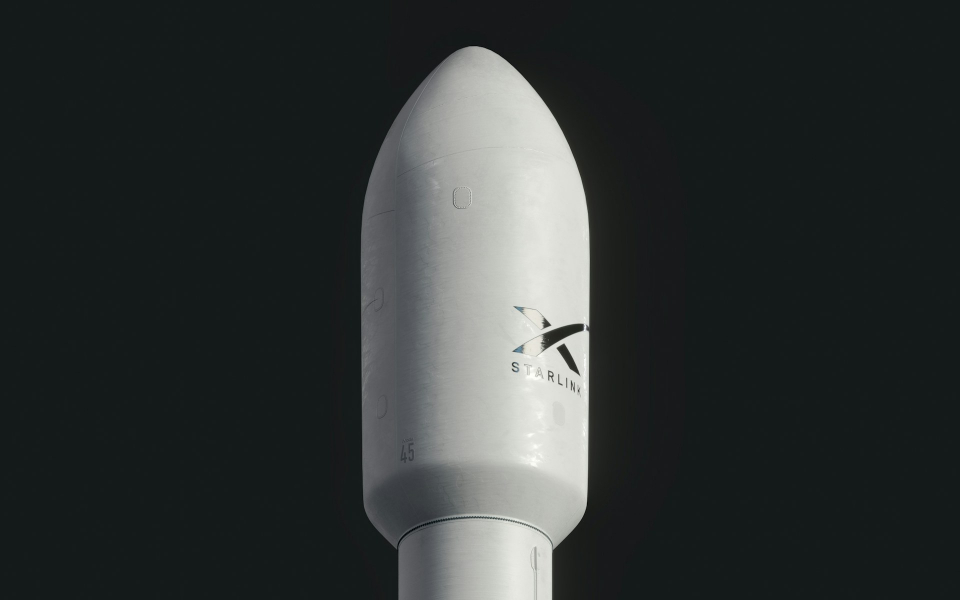NASA is conducting a visiting vehicle study in coordination with SpaceX to gauge the possible impact of deploying Starlink satellites closer to Earth and below the International Space Station on travel to and from the station, the space agency wrote to the Federal Communication Commission (FCC) on Tuesday.
What Happened: The study will assess the impact of deploying Starlink satellites closer to Earth upon transport to and from the ISS and ensure that the right number of satellites are deployed at a lower altitude.
However, NASA also expressed its support for deploying 400 Starlink satellites initially closer to Earth.
"Given the progress made and the continued positive collaboration between SpaceX and NASA, NASA supports FCC action that would allow SpaceX to initially operate 400 satellites continuously in the 300 km orbital shells," NASA wrote in its letter.
"Upon the completion of the study, NASA will recommend any changes to the number of satellites it endorses at a lowered altitude."
Why It Matters: Starlink is a segment of SpaceX that provides broadband to customers around the globe with the help of satellites in low-Earth orbit.
SpaceX requested the FCC for authority to lower the altitude of its next-generation Starlink satellites, bringing them closer to Earth, earlier this month. Reduced altitude, SpaceX CEO Elon Musk then said, will allow for reduced latency.
"The next generation Starlink satellites, which are so big that only Starship can launch them, will allow for a 10X increase in bandwidth and, with the reduced altitude, faster latency," Musk wrote on social media platform X.










